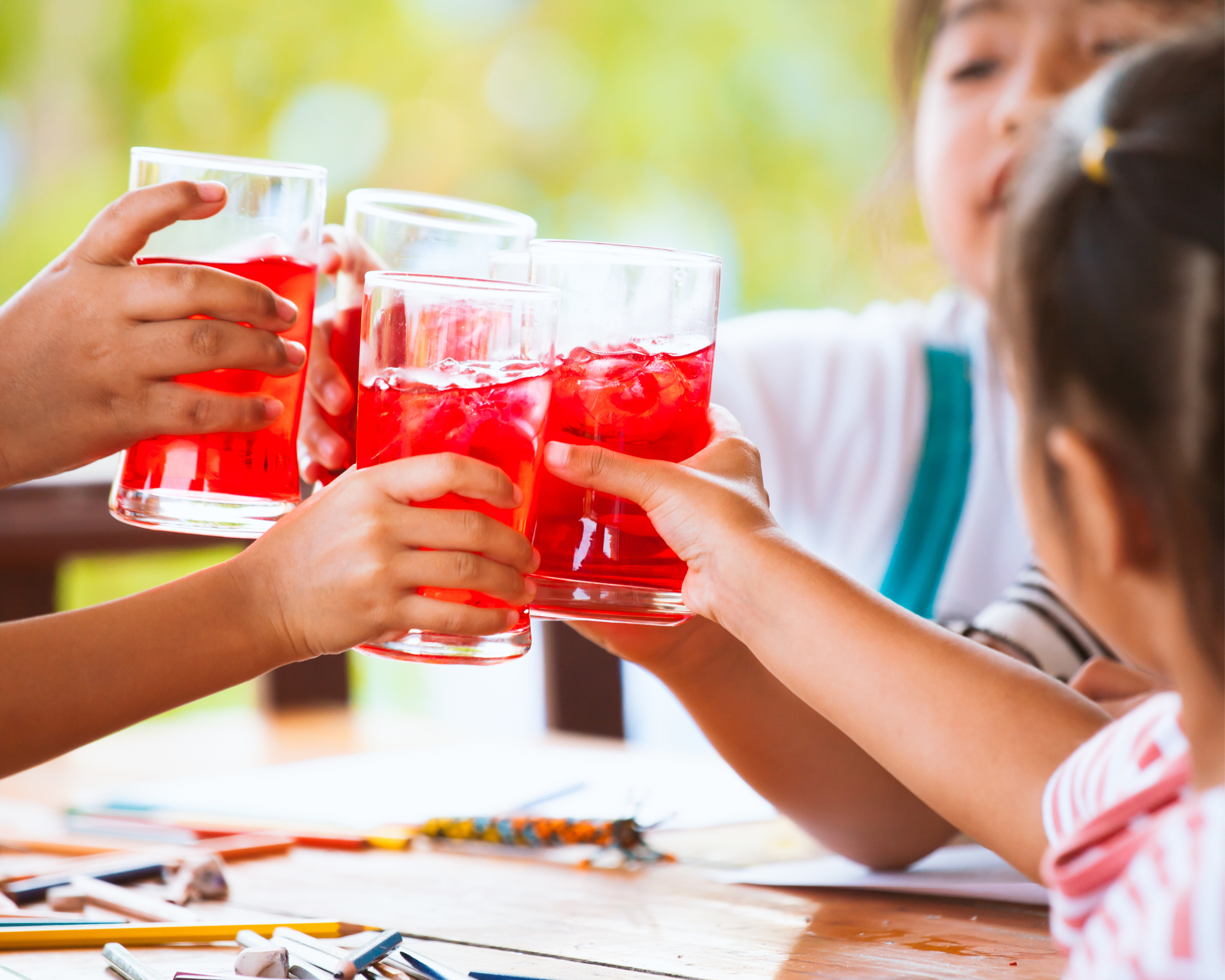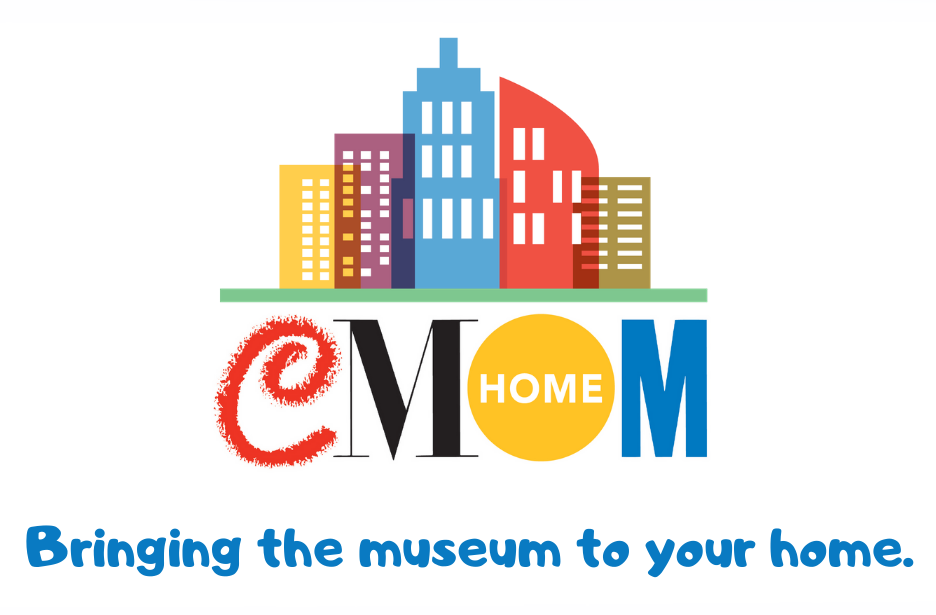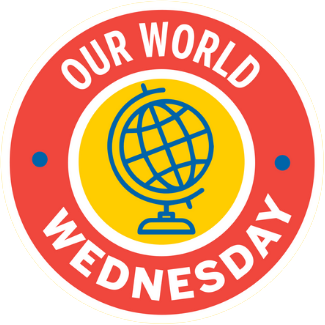Learn Together
Learning about cultures and traditions helps children develop a sense of identity and knowledge of the world around them. Asking guiding questions during collaborative projects like these are a great way to have discussions about important issues like history, equality, and freedom.
Materials
- Strawberries
- Raspberries
- Three or more hibiscus tea bags
- Can of Pineapple juice (or 46 oz.)
- Large pitcher or punch bowl
- Wooden spoon
- Large bowl

Make Together
Enjoy a traditional red drink to celebrate Juneteenth — a holiday that takes place every June 19 to celebrate the end of slavery in the United States.
Red drinks are a tradition at Juneteenth gatherings. The tradition of eating red foods like red velvet cake, red fruit, and drinking red punch is thought to come from the enslaved people brought to America from West Africa, like the Yoruba and Kongo people. For these cultures the color red is a symbol of strength, spirituality, life, death, and transformation.
Learn more together about slavery and freedom with resources from the National Museum of African American History & Culture.
Follow the directions below and our Let’s Make Juneteenth Red Punch illustrated recipe.
- In a large bowl place a handful of strawberries with the stems and leaves removed.
- Add a handful of raspberries in the bowl.
- Use your spoon to mash the strawberries and raspberries together.
Traditional red drinks also have links to the fruits of two plants, the kola nut and hibiscus. The flowers of the hibiscus were stewed to make a reddish tea called bissap.
- Brew 3 hibiscus flower tea bags in 3 cups of hot water for about 15-20 minutes.
- When your water has a hot pink color take out the tea bags.
- Add your tea to a big pitcher or punch bowl with ice.
- Pour 1 can (or 46 oz.) of pineapple juice into your pitcher or bowl.
- Finally, add your mashed-up berries and give it a good stir.
Enjoy this tea on a hot summer day and on June 19 in celebration of freedom and the continued fight for racial equality!
Make hibiscus flower art from this other CMOM at Home activity.
Here are 25 books for kids and adults to celebrate Juneteenth and reflect on the history of slavery.

